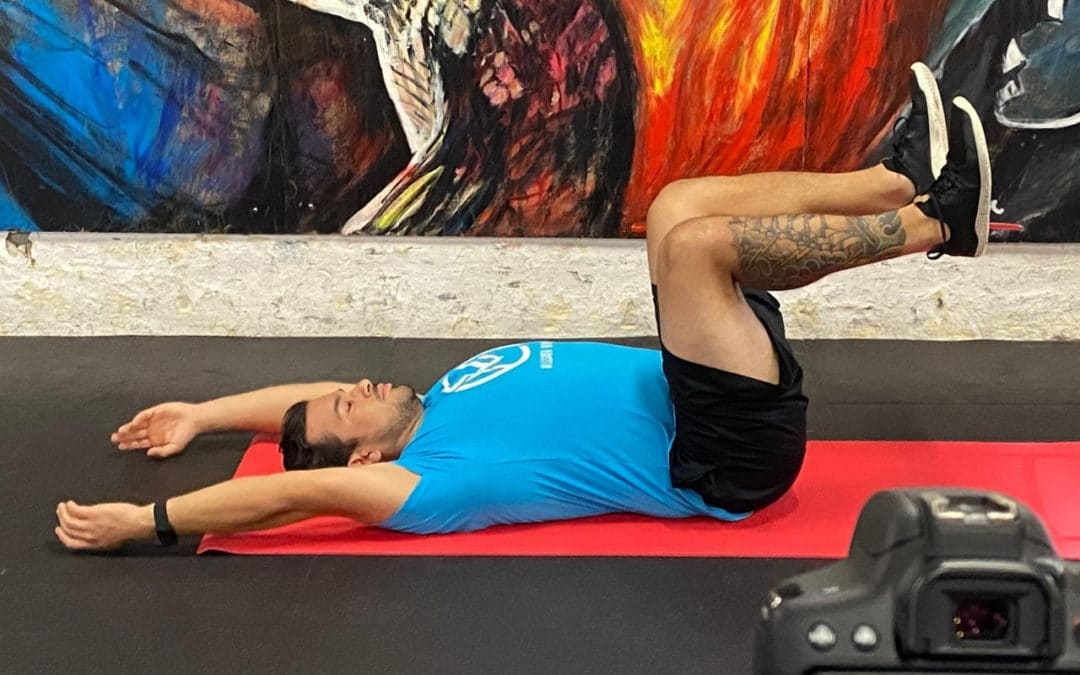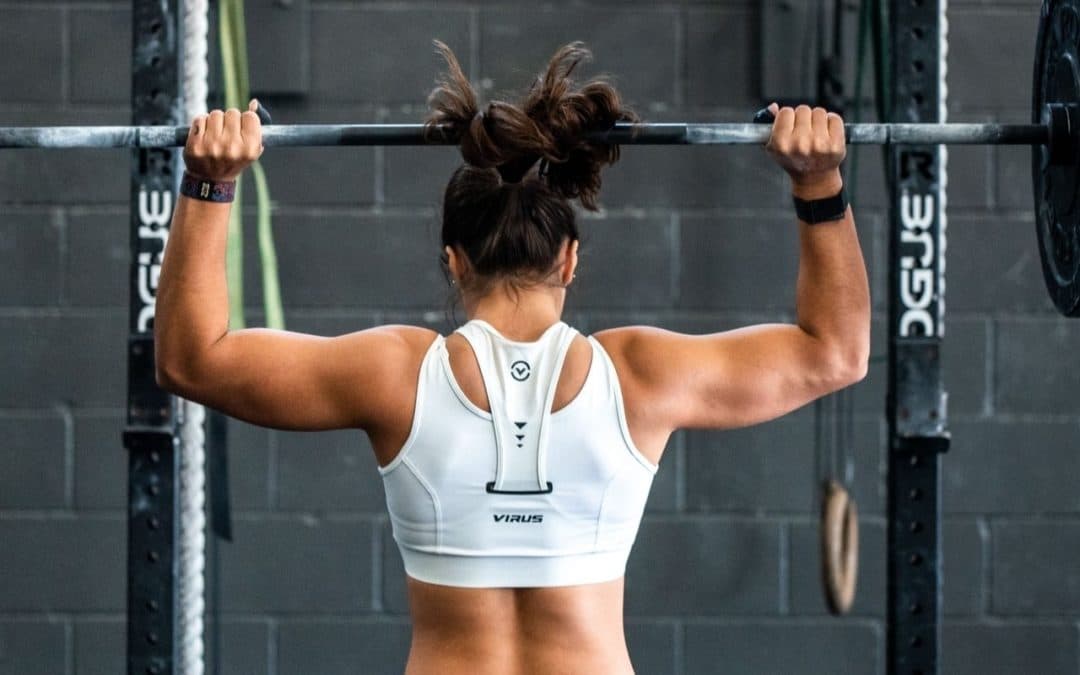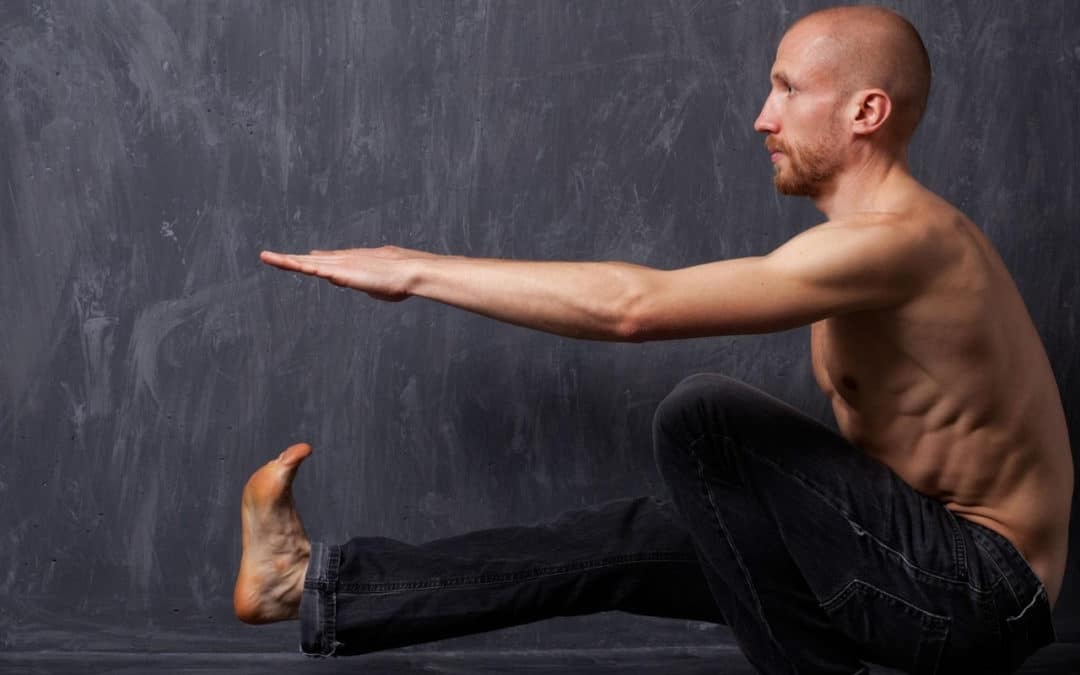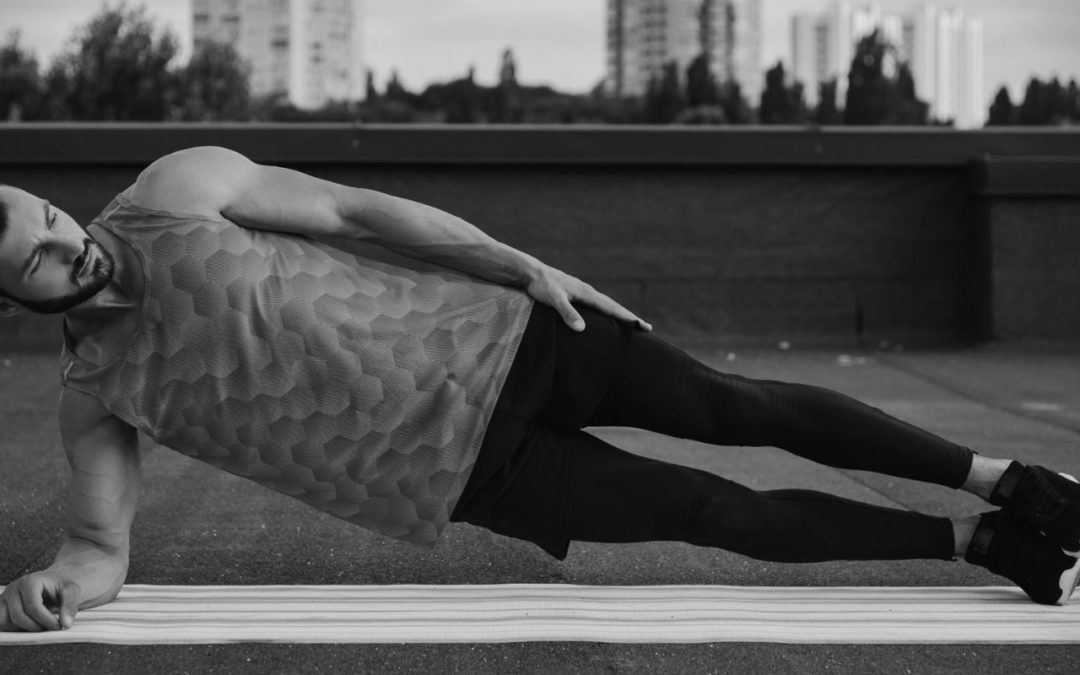Functional fitness programming often has a great deal of pulling movements.
Unfortunately programs like Crossfit neglect horizontal pulling in favor of vertical pulling. For this reason, we recommend adding horizontal pulls to your accessory programming.
To learn more about what the differences are between different pulls and why it’s important to include them in your programming read below.
Accessory Programming Series
This post is part of our series on accessory programming for functional training programs like Crossfit. Click the links to view other posts in this series:
-
-
- Anti-Rotation Movements
- Rotation Movements
- Horizontal Pulling Movements – You are here
- Lateral Movements
- Unilateral Movements
- Building Accessory Programs
-
Horizontal Pulling Movements in Accessory Programming
Crossfit programming includes a lot of pulling:
-
-
- Cleans
- Deadlifts
- Pull-ups
-
But while Crossfit includes pulls most of them are all only moving vertically. In other words, you are pulling a barbell from the floor straight up or pulling your body weight straight up.
It’s a rare sight to see Crossfit programming involve pulling a load towards your body horizontally, like the opposite of a push-up.
In Crossfit, you probably don’t do much horizontal pulling except for ring rows and the rower erg, of course. This is why most of my accessory training programs involve a large amount of this type of movement.
Horizontal Pulls need to be in Crossfit accessory programs, here’s why-
If a training program has a strong bias towards one type of movement, then it could cause you to develop muscle imbalances that lead to injuries in the future.
In Crossfit, there is a great deal of pushing but relatively little pulling. This imbalance leads to forward rounded shoulders and possibly shoulder injuries.
We can control this issue by using what we call the push to pull ratio.
Essentially this is a method of tracking movement for upper body pushing and pulling. In a healthy program, you should be pulling twice as much as you are pushing.
For more about this concept check out our article on the push-pull ratio.
Because most Crossfit programming doesn’t take this into consideration we strongly recommend you add horizontal pulls into an accessory training program.
Here are some ideas to get you started:
Horizontal pull #1 – Bent over row
You can do this with pretty much any resistance implement- a barbell, kettlebells, dumbbells, even bands.
Whichever you choose just make sure you stabilize your core and hip hinge as far as your hamstrings will let you. Keep the load close to your body to help protect your spine.
Add this to your normally programmed lifting schedule or slide it into your Crossfit accessory training. This horizontal pull is probably one of the easiest to fit into your regular programming.
Horizontal Pull #2 – Band pulls (many variations)
Even though you can move a lot of weight with rows it isn’t always better. Not all horizontal pulls need to be a row or move a heavy load.
Band pulls are an excellent exercise to strengthen the muscles surrounding the shoulder blade. Improving the function of these muscles means better scapular movement and therefore healthier, happier shoulders.
I use several band pull variations and they all do similar things. The common thread is that they all work to retract and stabilize the scapula while your arms pull resistance back. Try these 3 variations:
-
-
- Band Extension (A)
- Band Horizontal Abduction (T)
- Band Face pulls
-
Horizontal Pull #3 – Birdog rows
Talk about bang for your buck. This exercise utilizes several things I am talking about in this series- horizontal pulling, anti-rotation, and unilateral movements. Meghan Callaway does an excellent job at demonstrating this high-value movement. I’ve included 2 variations, each worthy of inclusion in your accessory program. The ipsilateral variation requires you to balance on your hand and knee of the same side while rowing. You may find this to be more difficult than the contralateral variation which uses opposite limbs. Regardless, both are excellent and challenging.
PS- you should check out her stuff on Instagram and her website, she is perhaps one of the most innovative coaches out there.
Horizontal Pull # 4 – Ring Rows
These need very little introduction. There’s a good chance that you’ve done them before if you’ve spent time inside a CF gym. Just remember, core stays tight and the spine stays in a neutral position.
Frankly, I recommend substituting these for pulls ups in a crossfit WOD every once in a while. I have found that I could do a ton of kipping pullups in a workout but when I “regress” to these I get smoked with a much lower volume.
Adding Horizontal pulls into your programming
Horizontal pulls are sorely lacking from many functional fitness programs but thankfully adding them into the mix isn’t difficult.
I suggest substituting some of your push movements and vertical pulls (namely pullups) with horizontal pulls. This will help keep your push-pull ratio in balance.
If that isn’t practical, then just make sure you start adding them in accessory programs around your training.
It may be worth noting that if you are substituting these pulling movements for pushes or vertical pulls it may change the energy demands of the workout.
For example- If you sub ring rows for kipping pullups in a WOD then you will probably have to slow down which won’t tax your cardiovascular system as much. Substituting ring rows for push-ups, however, might not change the energy demands of the workout terribly
Keep this in mind when designing your workouts.
If you want to sneak in more mobility work but you aren’t quite sure where to start then try our Daily Tonic our 60-day mobility training program. By signing up below you will get access to 5 free sessions from the program.




